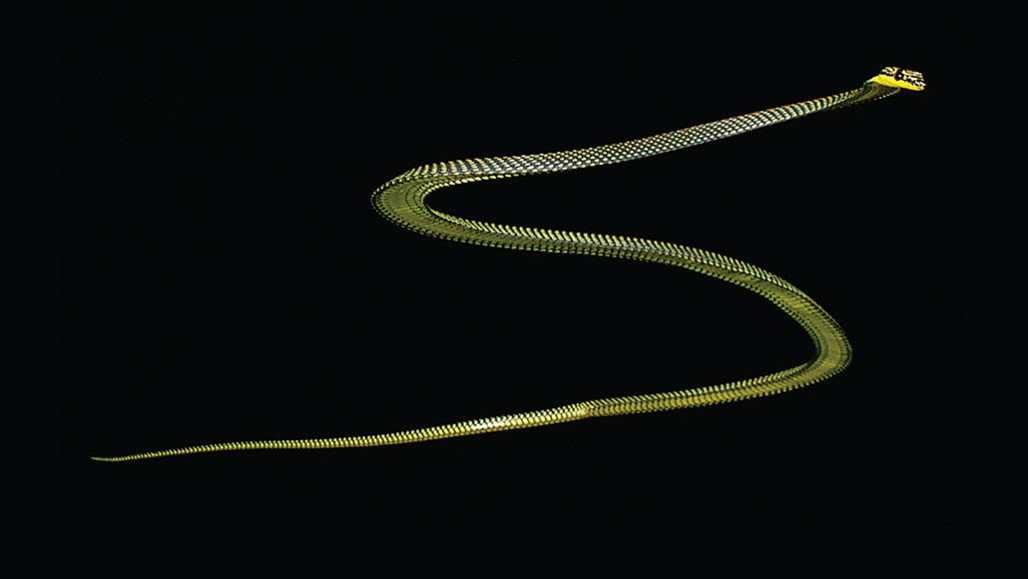colleague: Someone who works with another; a co-worker or team member.
computer model: A program that runs on a computer that creates a model, or simulation, of a real-world feature, phenomenon or event.
engineer: A person who uses science to solve problems. As a verb, to engineer means to design a device, material or process that will solve some problem or unmet need. (v.) To perform these tasks, or the name for a person who performs such tasks.
force: Some outside influence that can change the motion of a body, hold bodies close to one another, or produce motion or stress in a stationary body.
lift: An upward force on an object. It may occur when an object (such as a balloon) is filled with a gas that weighs less than air; it can also result when a low-pressure area occurs above an object (such as an airplane wing).
mechanical: Having to do with the devices that move, including tools, engines and other machines (even, potentially, living machines); or something caused by the physical movement of another thing.
mechanical engineer: Someone trained in a research field that uses physics to study motion and the properties of materials to design, build and/or test devices.
model: A simulation of a real-world event (usually using a computer) that has been developed to predict one or more likely outcomes. Or an individual that is meant to display how something would work in or look on others.
physicist: A scientist who studies the nature and properties of matter and energy.
physics: The scientific study of the nature and properties of matter and energy. Classical physics is an explanation of the nature and properties of matter and energy that relies on descriptions such as Newton’s laws of motion. Quantum physics, a field of study that emerged later, is a more accurate way of explaining the motions and behavior of matter. A scientist who works in such areas is known as a physicist.
replicate: (in biology) To copy something. When viruses make new copies of themselves — essentially reproducing — this process is called replication. (in experimentation) To copy an earlier test or experiment — often an earlier test performed by someone else — and get the same general result. Replication depends upon repeating every step of a test, one by one. If a repeated experiment generates the same result as in earlier trials, scientists view this as verifying that the initial result is reliable. If results differ, the initial findings may fall into doubt. Generally, a scientific finding is not fully accepted as being real or true without replication.
reptile: Cold-blooded vertebrate animals, whose skin is covered with scales or horny plates. Snakes, turtles, lizards and alligators are all reptiles.
simulation: (v. simulate) An analysis, often made using a computer, of some conditions, functions or appearance of a physical system. A computer program would do this by using mathematical operations that can describe the system and how it might change over time or in response to different anticipated situations.
undulate: To rise and fall in a predictable, wavelike way. This pattern can refer to motion, sound or shapes. Ocean waves are one example of undulations. So is the wavelike motion of a snake.

